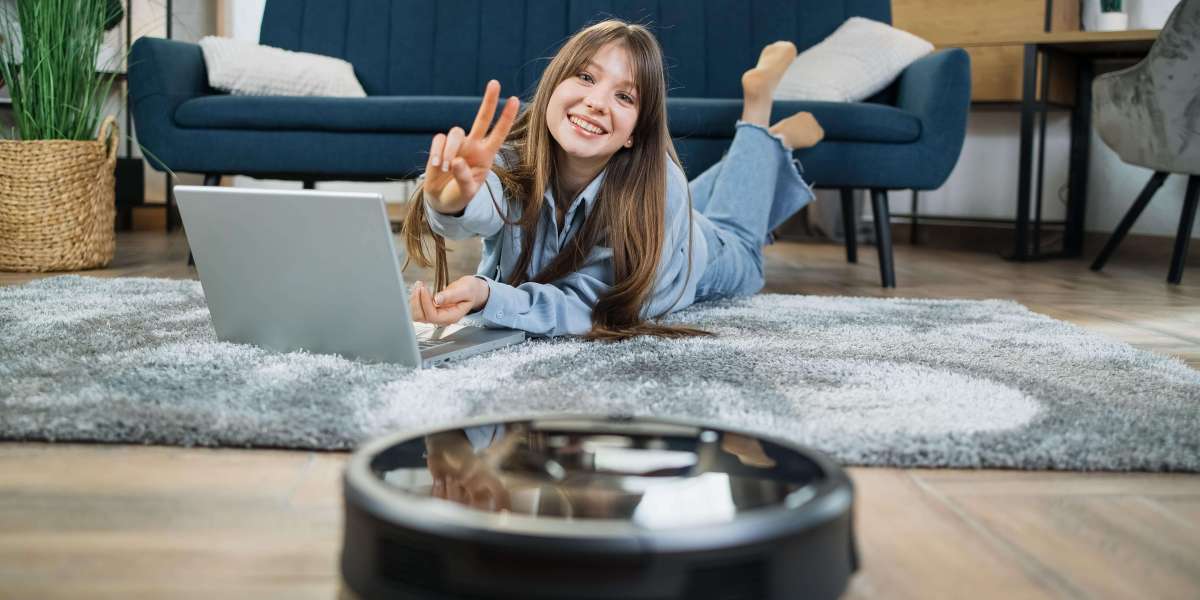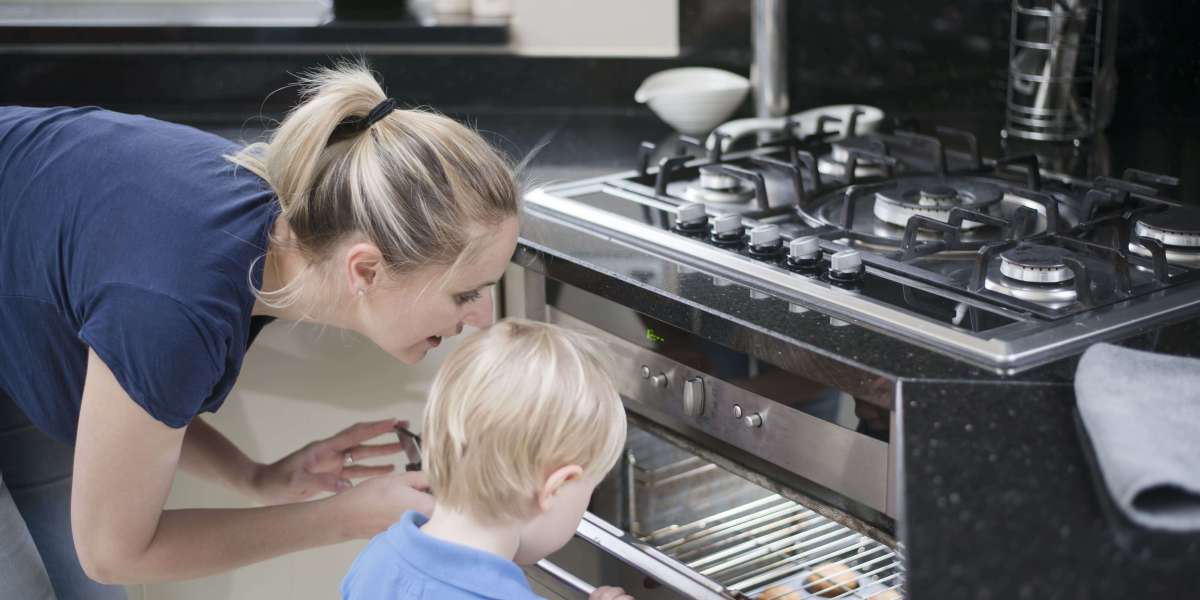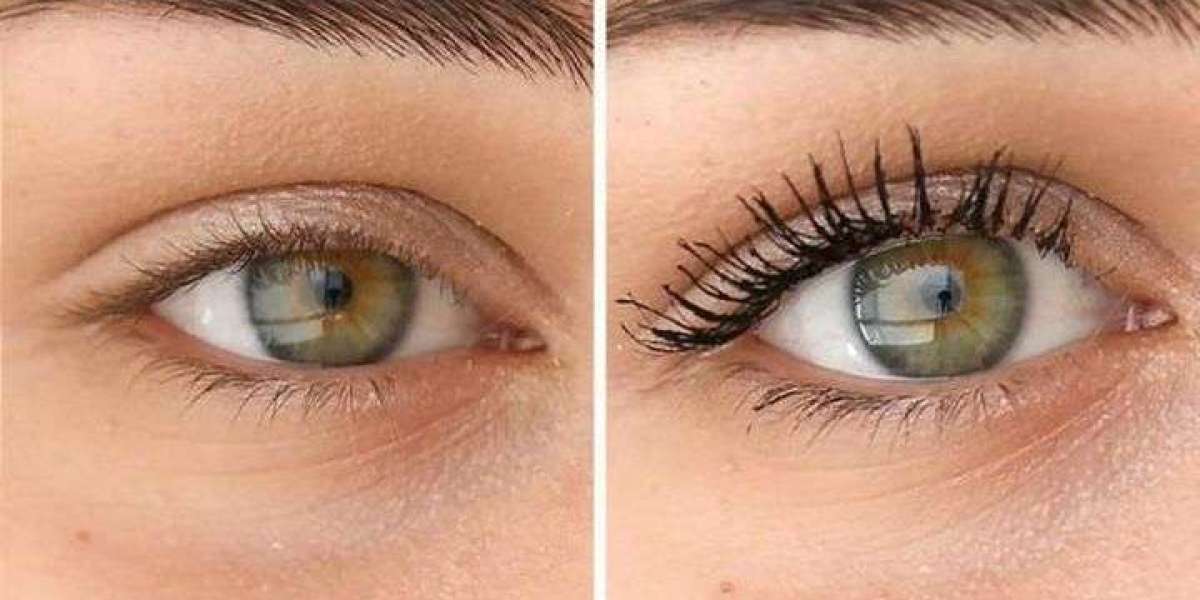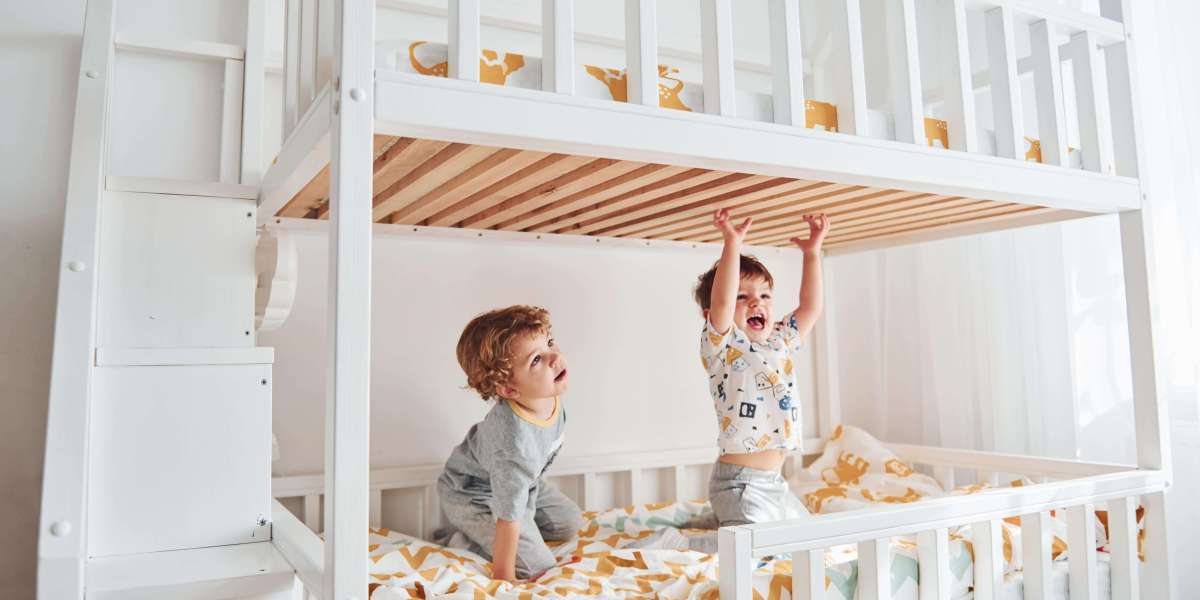
Robotic Hoovers: Revolutionizing Home Cleaning
In the fast-paced world we reside in, where time is of the essence, household chores often take a backseat. Among the most considerable improvements in domestic technology are robotic hoovers, or robotic vacuum cleaners. These intelligent makers have changed the method individuals approach cleaning their homes, permitting efficiency and convenience that standard vacuuming can not match. This article looks into the features, advantages, and future of robotic hoovers, as well as addressing typical questions about their performance and maintenance.

What Are Robotic Hoovers?
Robotic hoovers are automated vacuum cleaners created to browse through spaces and tidy floorings without human intervention. They make use of various innovations, consisting of sensing units, cameras, and expert system, to spot dirt and navigate barriers, making them an important addition to contemporary families.
Secret Features of Robotic Hoovers
Smart Navigation: Most robotic vacuums are geared up with advanced sensory innovation that enables them to map and browse spaces efficiently. This includes:
- Lidar Sensors: To produce a map of the home.
- Infrared Sensors: To prevent obstacles and drops (like stairs).
- Cliff Sensors: Prevents the unit from falling off edges.
Automated Scheduling: Many robotic hoovers can be configured to clean at specific times, maximizing benefit for users.
Self-Charging: Most designs go back to their docking stations when their battery is low, guaranteeing they are constantly charged and all set to clean.
App Connectivity: Modern robotic vacuums often include apps that enable users to control their devices from another location, set schedules, and even see cleaning maps.
Several Cleaning Modes: Options such as spot cleaning, edge cleaning, and set up cleaning enable customized cleaning routines based on the family needs.
Benefits of Robotic Hoovers
- Time-Saving: Robotic hoovers can operate independently, maximizing valuable time for homeowners to focus on other jobs.
- Consistency: They offer constant cleaning performance and preserve floor tidiness without the disparity that sometimes comes with manual vacuuming.
- Accessibility: With their compact design, robotic hoovers can easily reach under furnishings and into tight areas where standard vacuums struggle.
- Maintenance of Various Floor Types: Many robotic vacuum can adapt to various surfaces, consisting of carpets, wood, tile, and more.
- Integration with Smart Home Systems: They can be connected to smart home devices, enabling users to incorporate them into their home automation systems.
Comparison of Popular Robotic Hoovers
Here's a brief comparison of some popular models in the market:
| Model | Smart Navigation | App Connectivity | Battery Life | Price Range |
|---|---|---|---|---|
| iRobot Roomba 675 | Yes | Yes | 90 minutes | ₤ 250 - ₤ 300 |
| Neato Botvac D7 | Yes | Yes | 120 minutes | ₤ 600 - ₤ 700 |
| Eufy RoboVac 11S | Yes | Restricted | 100 minutes | ₤ 200 - ₤ 250 |
| Roborock S6 | Yes | Yes | 150 minutes | ₤ 500 - ₤ 600 |
| Shark ION best robot vacuum cleaner | Yes | Yes | 120 minutes | ₤ 250 - ₤ 350 |
Maintenance and Care for Robotic Hoovers
Regardless of their automated functions, robotic hoovers need regular upkeep to guarantee their ideal efficiency. Here are some tips for preserving a robotic vacuum:
- Empty the Dustbin Frequently: Regular emptying helps keep suction power.
- Clean the Brushes: Hair and debris can obstruct brushes; regular cleaning avoids this.
- Check the Filters: Dirty filters can hamper performance; they need to be cleaned or replaced as specified by the maker.
- Examine Wheels and Sensors: Ensuring that the wheels are devoid of barriers and sensing units are clean will improve navigation and efficiency.
- Update the Firmware: Keeping the robotic vacuum's software application up-to-date can resolve bugs and enhance performance.
Future of Robotic Hoovers
As innovation continues to progress, the potential for advancements in robotic vacuums is vast. Developments on the horizon might include:
- Improved AI Capabilities: Enhanced learning algorithms might enable robotic hoovers to much better understand homes and cleaning requirements.
- Combination with More smart vacuum Home Devices: Future models might end up being a lot more incorporated with home automation systems, boosting functionality.
- Advanced Cleaning Features: Innovations like mopping capabilities and much deeper carpet cleaning functionality could broaden their utility.
- Sustainability Features: Future models might incorporate environment-friendly innovations, such as solar charging or recyclable products.
Often Asked Questions (FAQs)
How much do robotic hoovers generally cost?
- Prices for robotic hoovers vary considerably depending on functions, but normally variety from ₤ 200 to ₤ 800.
How loud are robotic hoovers?
- The majority of robotic vacuums run at a sound level between 50 to 70 decibels, which is quieter than traditional vacuums.
Can robotic vacuums manage pet hair?
- Yes, lots of robotic hoovers are created specifically with effective suction and brushes to handle pet hair effectively.
Do robotic vacuums deal with carpets?
- Definitely. Most robotic vacuum cleaner comparison vacuums can clean different types of surfaces including carpets, hardwood, and tiles.
Do I require to set my robotic vacuum?
- While you can set schedules and preferences by means of an app, many designs can likewise run on need or immediately as soon as charged.
In conclusion, robotic hoovers represent a remarkable leap in family cleaning technology, offering exceptional convenience and effectiveness that attract modern house owners. As innovation continues to advance, these gadgets promise even better cleaning abilities, even more boosting home health and upkeep. For anyone seeking to streamline their cleaning regimens, investing in a robotic best robot hoover can be a profoundly rewarding decision.








